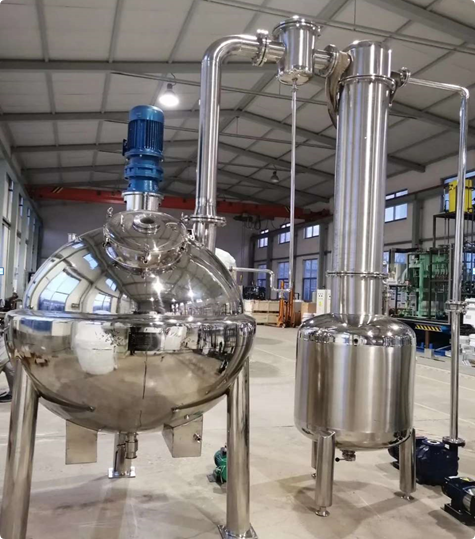The acid washing wastewater treatment process mainly includes neutralization treatment, chemical precipitation, membrane separation, oxidation treatment, and biological treatment methods
By combining neutralization, precipitation, and evaporation concentration, acid washing waste liquid can be effectively recovered and treated.
1.Neutralization treatment
Principle: Add alkaline agents (such as lime, sodium hydroxide, sodium carbonate, etc.) to acidic wastewater to adjust the pH to a neutral range (6-9), converting heavy metal ions into hydroxide precipitates.
Equipment: regulating tank, neutralization reaction tank, pH online monitoring system, and dosing device
2.Chemical precipitation
Principle: By adding chemical agents and reacting with pollutants in wastewater, insoluble precipitates are generated to remove them.
Application: In addition to neutralization reactions, precipitants such as sodium sulfide can also be added to remove heavy metal ions.
Working principle
3.Evaporation concentration: By heating wastewater to evaporate water, harmful substances are concentrated into solids or liquids for subsequent treatment and resource utilization.
Heat exchange technology: The evaporator is equipped with an efficient heat exchanger inside, which improves the utilization of heat energy and reduces energy consumption.
technological process
Pre treatment: Remove suspended solids, oils, and other impurities from wastewater to prevent evaporator blockage and scaling.
Evaporation and concentration: Wastewater enters the evaporator, undergoes heating and evaporation, and separates moisture from harmful substances.
Condensation recovery: The water vapor generated by evaporation condenses into water, which can be reused or further processed.
Crystallization separation: further processing of concentrated solution to precipitate solid salts and recover useful substances
Post time: Jul-17-2025







